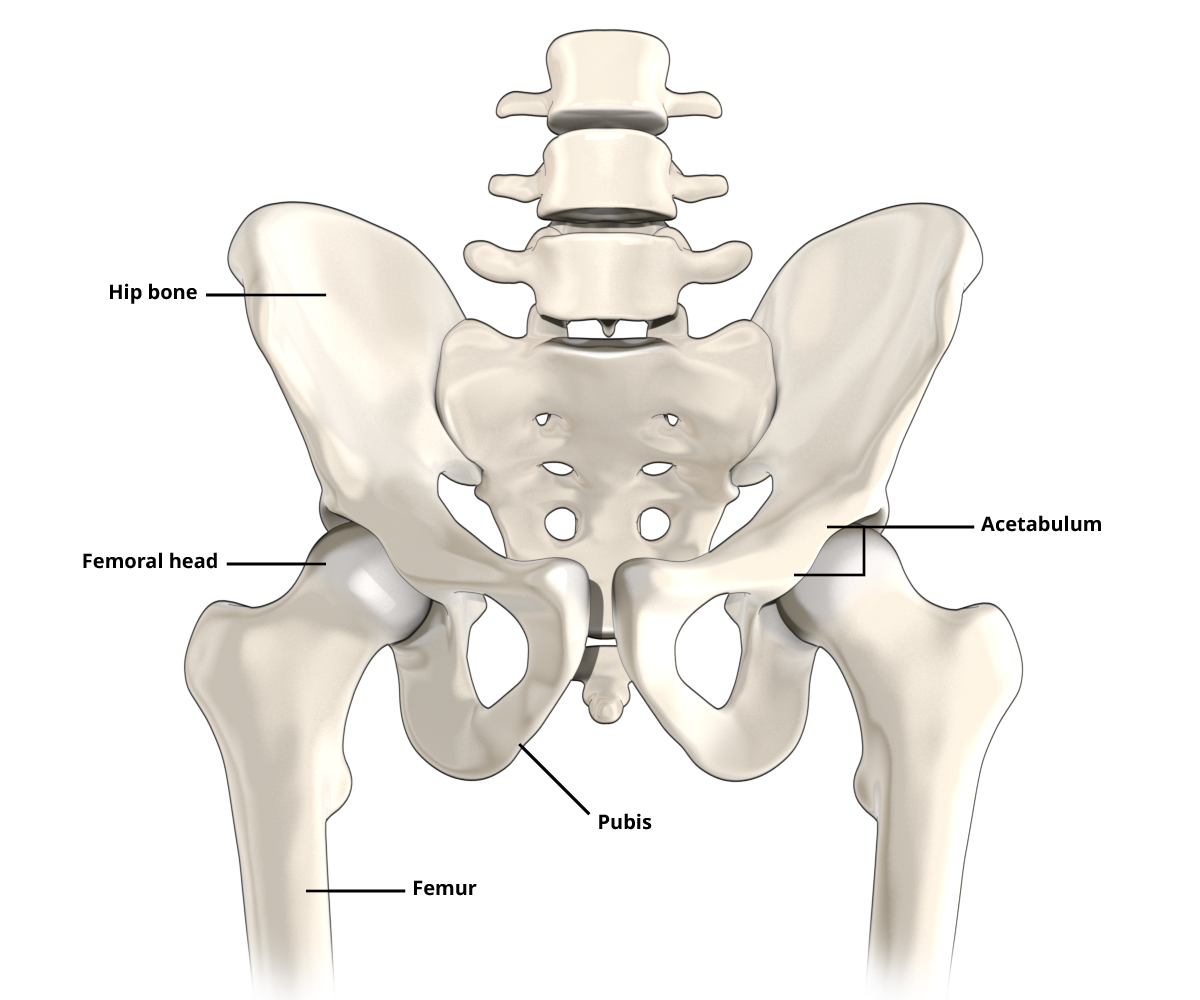Further information on diagnosis, therapy and treatment options
close search

The hip joint is the second largest joint in the human body. The femur and the pelvis come together to form the hip joint. The acetabulum and the femoral head are covered with a resistant cartilage with smooth, sliding surfaces. This allows the hip joint to move with minimal friction. If this cartilage degenerates or becomes injured, low-friction movement can no longer be guaranteed.
Hip surgery is used to treat all types of hip problem. The treatment methods include both conservative and state-of-the-art surgical measures.

The type of pain and discomfort that occurs in the hip very much depends on the age and physical activity of the person concerned.
Hip pain often coincides with certain movements and is accompanied by restricted mobility. Stinging or electrifying pain can radiate into the thigh. Pain in the outside of the hip and a limping gait are very typical symptoms.
Hip problems can appear suddenly, such as after an accident or over-exertion. They tend to worsen over time and sometimes cause restricted mobility.
When hip pain occurs in older people, it is usually in connection with osteoarthritis, where the cartilage on the hip joint has worn away
There are various reasons why hip pain might occur. Typical causes are accidents, wear and tear, a congenital deformity, a trapped nerve or an infection.
Here is a selection of the potential causes:
The patient is asked to describe their symptoms in detail so that the surgeon can make an informed assumption of what is causing the pain.
A physical examination is usually carried out to examine possible malpositions of the spine, knee and hip. In addition, there will be a more thorough examination of the patient’s gait pattern, muscle reflexes and the mobility of the hip joint.
In order to confirm the diagnosis, further examinations are then carried out, e.g. blood analysis, X-ray or ultrasound examinations. In special cases, tissue samples are taken. If more precise assessment of certain hip structures is required, CT (computed tomography) or MRT (magnetic resonance imaging) images are taken.
Hip pain can be treated conservatively (without surgery) or surgically.